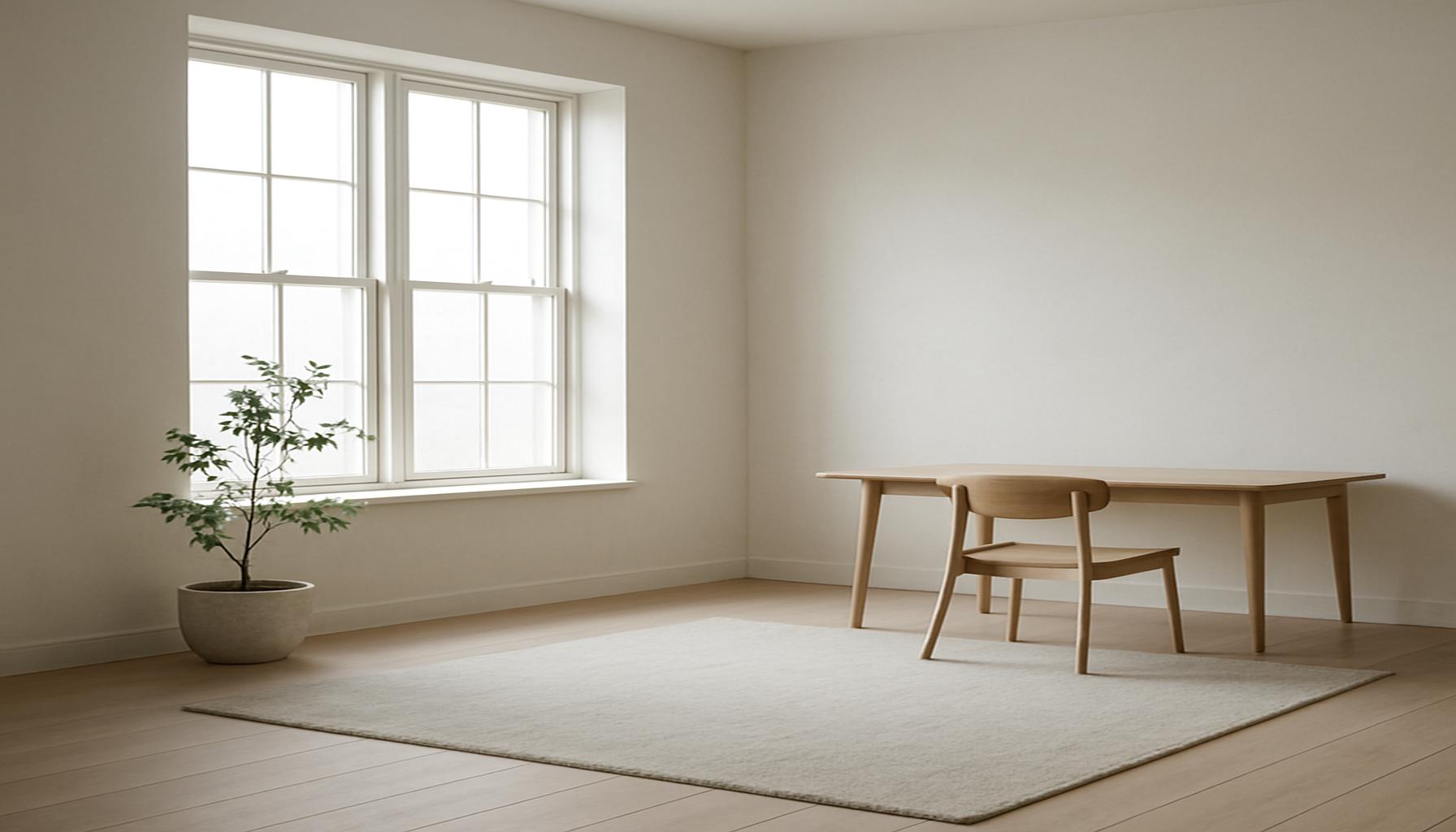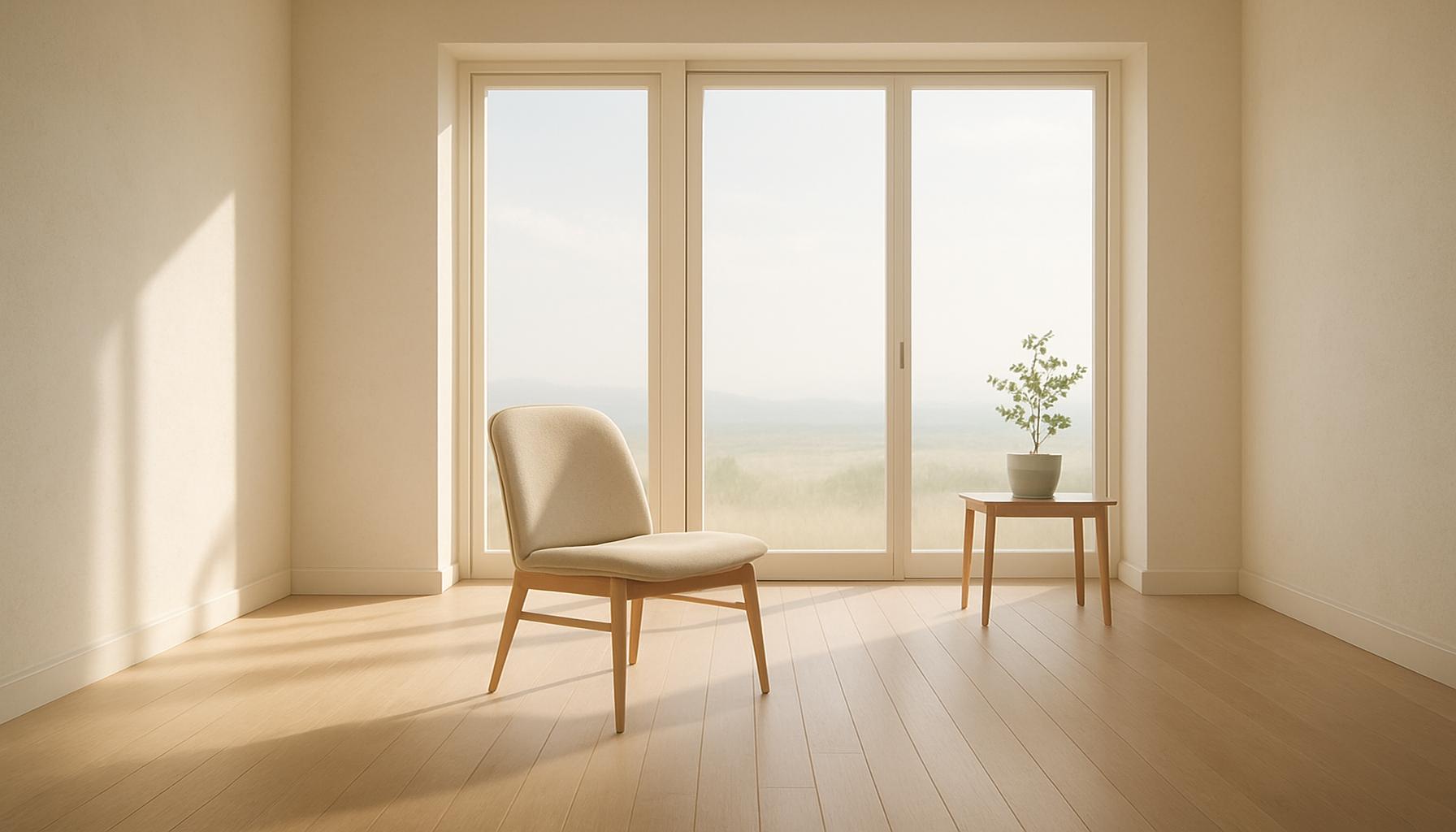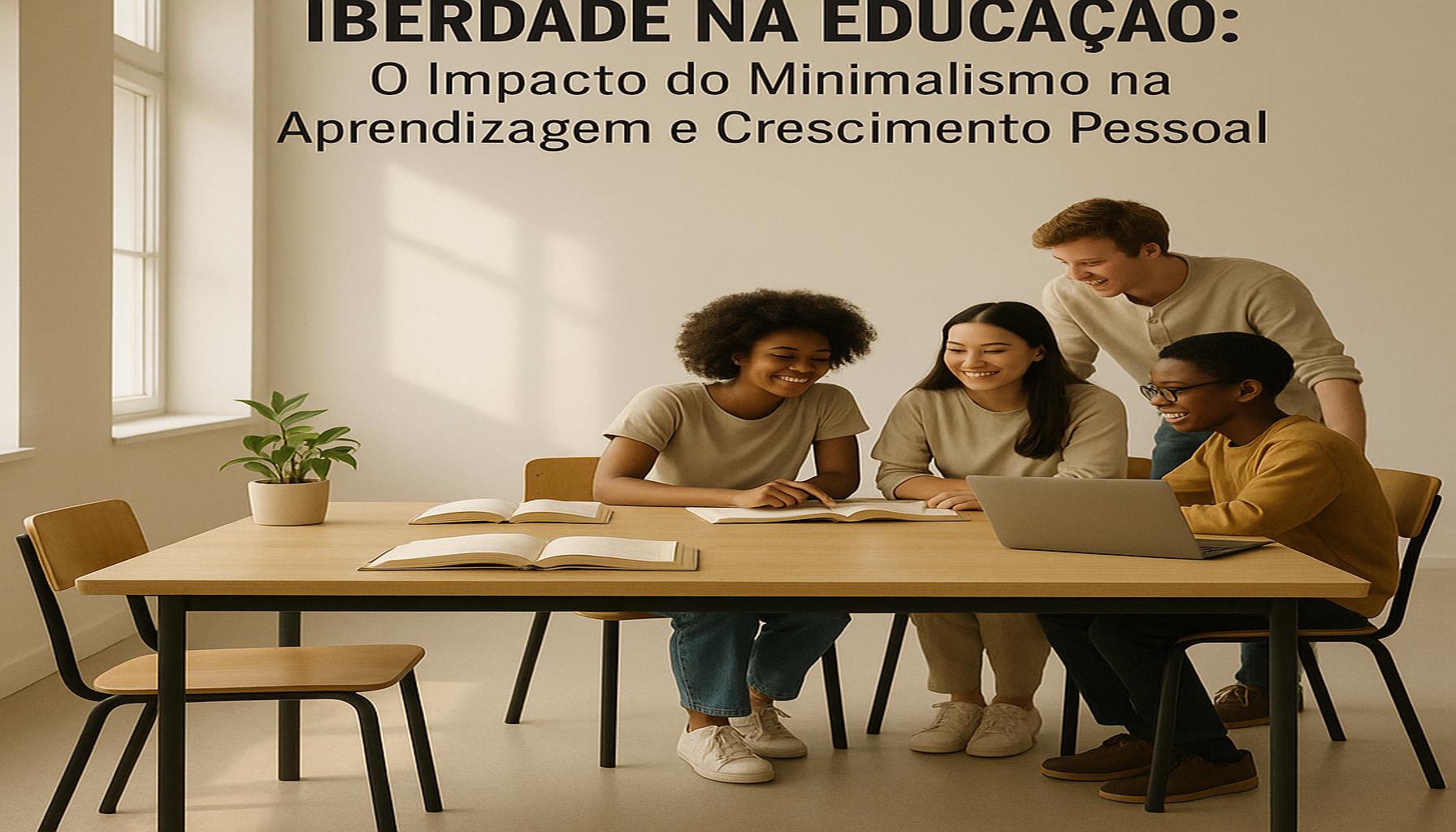Achieve Freedom Through Minimalism Personal Organization Tips
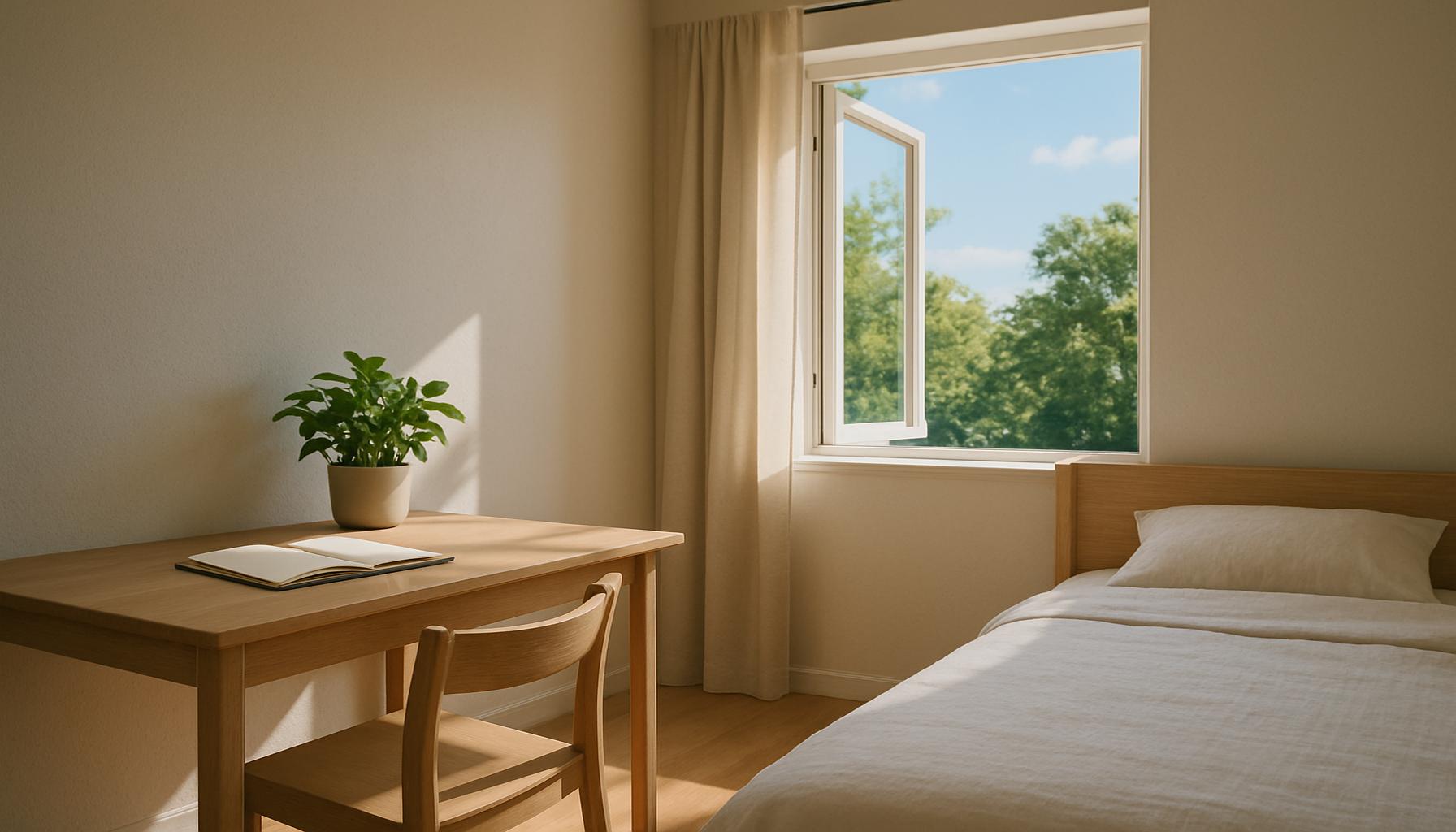
Discovering the Power of Minimalism
In a world filled with distractions and constant demands, many are seeking ways to reclaim their time and mental space. Minimalism offers a refreshing pathway to freedom by simplifying our lives and prioritizing what truly matters. This approach not only emphasizes physical decluttering but also promotes a clearer mindset.
The Importance of Personal Organization
Effective personal organization is key to achieving a minimalist lifestyle. By organizing our surroundings and schedules, we can reduce stress and enhance productivity. Here are a few reasons why this is relevant:
- Reduces Anxiety: A cluttered environment can contribute to feelings of overwhelm.
- Enhances Focus: Less distraction allows for improved concentration on tasks.
- Promotes Freedom: Simplifying choices frees up time for things you enjoy.
What to Expect
In the following sections, we will explore the Top 5 personal organization tips that align with minimalist principles. These practical strategies will not only help you create a simplified physical space but also foster a more liberated mental state. Get ready to embark on a transformative journey towards achieving freedom through minimalism!
Top 5 Personal Organization Strategies for Achieving Freedom through Minimalism
In today’s world, where the sheer abundance of possessions can often lead to stress and overwhelm, minimalism emerges as a sanctuary offering clarity and calm. Minimalism transcends the act of merely decluttering one’s physical space; it is, at its core, a lifestyle choice centered around the principle of intentionality. This approach highlights not only the value of fewer possessions but also the significant mental liberation that comes from a streamlined existence. By embracing minimalism, individuals invite a profound sense of freedom into their lives. This article delves into five key personal organization strategies to help you harness the transformative power of minimalism. Let’s explore how you can embark on this enlightening journey to clarity and purpose.
5. Evaluate Your Emotional Attachment to Items
In the realm of possessions, emotional connections can be mysteriously binding. Many individuals develop attachments to items that serve as reminders of their past — whether they hold cherished memories or represent significant life stages. While these items can hold sentimental value, they may also create a mental block, preventing the space needed for new experiences and growth.
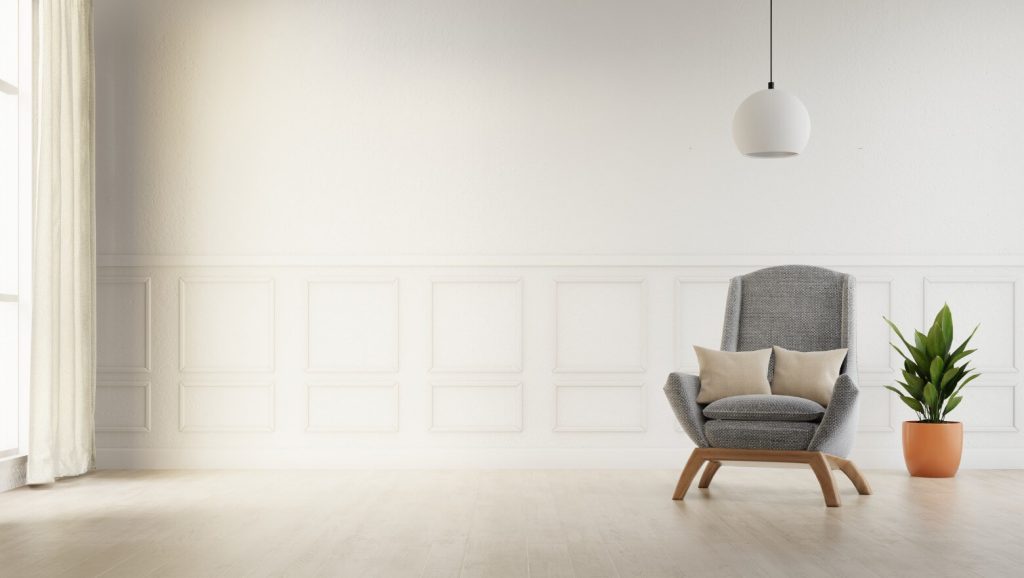
Start by scrutinizing each item through the lens of value addition. This inquiry focuses on whether an item adds value to your current life. Consider these reflective questions:
- Does this item bring me joy in the present moment?
- Is it something I foresee using in the upcoming months?
- Does it align with my current values and lifestyle?
The art of emotional detachment can be an empowering skill to cultivate. As you begin to let go of possessions that no longer serve you, you will notice an expansion in your physical space and a significant improvement in your mental clarity. This new-found clarity is essential for nurturing a liberated lifestyle.
4. Implement the One-In, One-Out Rule
As you embark on your minimalist journey, maintaining your progress requires dedication and a strategy that prevents backsliding into old habits. The One-In, One-Out rule serves as a powerful guardrail, ensuring that for every new item introduced into your space, another is removed. This principle helps mitigate accumulation and serves as a constant reminder to purchase with intention.
Through this disciplined approach, you develop a mindfulness towards consumption. It necessitates conscious decision-making and instills a greater appreciation for the items you choose to bring into your life. Moreover, this tactic not only contributes to a clutter-free environment but also promotes financial prudence and a more discerning attitude toward possessions.
3. Create Dedicated Spaces for Items You Use Often
One cornerstone of efficient personal organization is ensuring every item has a specific spot. In a minimalist context, this means creating dedicated spaces for frequently utilized items. The act of assigning a home for each item simplifies your living space and enhances overall efficiency.
For example, you could designate distinct drawers for specific tasks, cabinets for various kitchen essentials, or bookshelves for your reading treasures. By doing so, not only do you streamline your daily routines, but you also reduce the frequency of cluttered spaces. This organization contributes to an environment that is conducive to productivity, calmness, and serenity, underscoring that minimalism extends well beyond just reducing physical possessions.
2. Practice Mindful Consumption
The journey toward minimalism does not conclude with decluttering; it encompasses the broader concept of mindful consumption. This principle is about making thoughtful and intentional choices about new possessions. Before a purchase, consider its potential impact and alignment with your personal ethos and values.
Mindful consumption advocates for:
- Conducting extensive research to ensure the necessity and quality of items
- Establishing and adhering to personal spending thresholds
- Developing a sense of gratitude for your existing possessions
Embracing this approach allows for a more enriched and liberating experience, as you learn to find contentment in meaningful ownership and detach from unnecessary items. Over time, it fosters a profound appreciation for the things you truly cherish and need.
1. Embrace a Minimalist Mindset
At the heart of achieving freedom through personal organization and minimalism is the adoption of a minimalist mindset. This philosophy prioritizes quality over quantity, experiences over possessions, and seeks inner peace rather than material wealth. By embracing this mindset, you allow yourself the freedom from societal pressures that often equate self-worth with the ownership of tangible goods.
Components of a minimalist mindset include:
- Aligning actions with personal values and goals
- Practicing mindfulness in everyday activities
- Finding joy in simplified living and being present
Ultimately, this transformation in mindset enables a wider life perspective, guiding you toward living with purpose and clarity. By honoring experiences and relationships over material goods, you embark on a path to genuine freedom and self-fulfillment.
By integrating these five organization strategies into your life, you not only free physical and mental space but also unlock the profound sense of liberty and satisfaction that minimalism offers. It’s an invitation to engage with life on your terms — with clarity, intention, and heartfelt joy.
| Category | Key Features | Advantages | Disadvantages | Beneficiaries |
|---|---|---|---|---|
| Mental Clarity | Reduced clutter in both physical and mental spaces | Improves focus and decision-making ability, leading to better productivity. | Can require significant emotional effort to let go of possessions and habits. | Individuals seeking to enhance cognitive function and reduce stress. |
| Emotional Freedom | Detachment from material possessions | Encourages healthier relationships as emotional baggage is shed. | May leave some individuals feeling vulnerable without their familiar attachments. | Those who struggle with clutter-related anxiety or emotional attachments. |
| Simplicity in Lifestyle | Minimal possessions and commitments | Leads to better time management and the ability to focus on what truly matters. | May involve external judgment or misunderstanding from those who value material wealth. | Individuals looking to prioritize quality experiences over material goods. |
| Environmental Impact | Less consumption leads to reduced waste | Supports sustainable practices and contributes to cleaner surroundings. | Requires a lifestyle overhaul that may challenge societal norms. | Eco-conscious individuals aiming to lessen their carbon footprint. |
Frequently Asked Questions About Minimalism and Personal Organization
What is the primary concept behind minimalism, and how does it relate to personal organization?
Minimalism revolves around the idea of owning fewer possessions to focus on what truly matters. It emphasizes the importance of reducing clutter to enhance both your physical and mental space. By eliminating the non-essential, individuals can prioritize their time and energy on experiences and values that align with their personal goals. In terms of personal organization, adopting a minimalist approach can lead to a more structured and simplified lifestyle, reducing stress and increasing freedom and clarity of thought.
How can minimalism contribute to mental well-being and freedom?
Minimalism is known for fostering a sense of calm and peace. By removing unnecessary distractions, it allows individuals to concentrate on personal growth and mindfulness. Developing a minimalist lifestyle can reduce decision fatigue and enhance focus, leading to improved mental health. Moreover, minimalism encourages intentional living, where people make deliberate choices about their possessions and time commitments, contributing to greater autonomy and liberation from societal pressures.
What are some practical steps to start embracing minimalism in daily life?
Starting a minimalist journey can be simple and gradual. First, assess your current belongings and identify items that add value to your life. Consider organizing a decluttering session, tackling one area at a time to avoid overwhelm. Implement the “one-in, one-out” rule, where acquiring a new item means parting with a similar one. Additionally, set priorities by distinguishing between needs and wants, and embrace digital minimalism by streamlining your online activities. These steps are essential for creating both physical and mental space, ushering in clarity and purposeful living.
Are there specific challenges individuals face when transitioning to a minimalist lifestyle?
Transitioning to minimalism can come with its own set of challenges. Emotional attachment to objects and societal norms often make decluttering a difficult task. It requires a shift in mindset to overcome the fear of scarcity and embrace the idea that “less is more.” Social influences, such as consumerist culture, can also pose obstacles. However, with persistence and clarity on personal values, individuals can successfully navigate these challenges, ultimately experiencing the profound benefits of a streamlined and liberating lifestyle.
Can minimalism be adapted to suit different lifestyles, and if so, how?
Absolutely, minimalism is not a one-size-fits-all approach and can be tailored to fit various lifestyles and preferences. It’s about focusing on what is essential to you personally, which means different things for different people. For families, it might mean prioritizing shared experiences and reducing toy clutter. For professionals, it could involve maintaining a minimalist workspace to foster productivity. Ultimately, adapting minimalism to your lifestyle involves defining your unique priorities and boundaries, ensuring that it complements rather than constrains your way of life.
Conclusion: Embracing Minimalism for Personal Freedom
In today’s fast-paced world, both physical and mental chaos can quickly accumulate, leading to stress and a sense of entrapment. The journey towards personal organization and freedom through minimalism offers a compelling antidote to this modern dilemma. As we’ve explored, minimalism is not simply about decluttering physical belongings; it’s also about decluttering the mind and redefining our true values and priorities.
Through reducing excess and focusing on essentials, individuals can create more functional environments that foster clarity and tranquility. This process encourages a shift towards intentional living, where each item and habit must earn its place based on its genuine utility and significance. As a result, there is a creation of harmonious spaces that allow for personal growth and mental peace.
Minimalism also fosters a deeper understanding of one’s needs versus wants, promoting financial prudence and sustainability. By reducing dependency on material possessions, minimalists report feeling more liberated and satisfied, focusing instead on experiences, relationships, and self-improvement.
In summary, the exploration of minimalism reveals its potential to significantly enhance one’s quality of life. By embracing minimalism, we not only aim to tidy our homes but also our minds, creating room for passions, creativity, and deeper connections. This transformative practice is an ongoing journey, leading to lasting personal freedom and fulfillment.
The journey of minimalism is deeply personal and profoundly rewarding. As readers embark on or continue this path, they are encouraged to be mindful and adaptable, discovering their own unique balance between minimal living and personal fulfillment.
